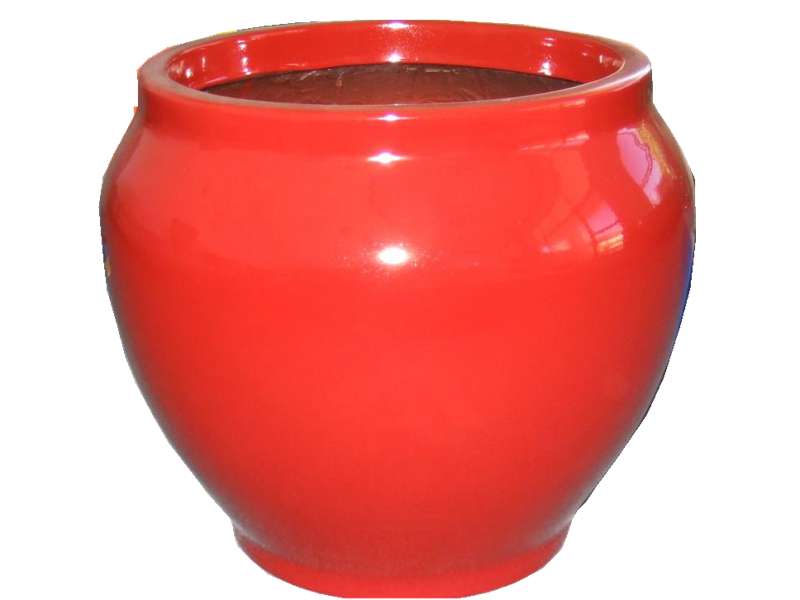
-
 Afrikaans
Afrikaans -
 Albanian
Albanian -
 Amharic
Amharic -
 Arabic
Arabic -
 Armenian
Armenian -
 Azerbaijani
Azerbaijani -
 Basque
Basque -
 Belarusian
Belarusian -
 Bengali
Bengali -
 Bosnian
Bosnian -
 Bulgarian
Bulgarian -
 Catalan
Catalan -
 Cebuano
Cebuano -
 China
China -
 China (Taiwan)
China (Taiwan) -
 Corsican
Corsican -
 Croatian
Croatian -
 Czech
Czech -
 Danish
Danish -
 Dutch
Dutch -
 English
English -
 Esperanto
Esperanto -
 Estonian
Estonian -
 Finnish
Finnish -
 French
French -
 Frisian
Frisian -
 Galician
Galician -
 Georgian
Georgian -
 German
German -
 Greek
Greek -
 Gujarati
Gujarati -
 Haitian Creole
Haitian Creole -
 hausa
hausa -
 hawaiian
hawaiian -
 Hebrew
Hebrew -
 Hindi
Hindi -
 Miao
Miao -
 Hungarian
Hungarian -
 Icelandic
Icelandic -
 igbo
igbo -
 Indonesian
Indonesian -
 irish
irish -
 Italian
Italian -
 Japanese
Japanese -
 Javanese
Javanese -
 Kannada
Kannada -
 kazakh
kazakh -
 Khmer
Khmer -
 Rwandese
Rwandese -
 Korean
Korean -
 Kurdish
Kurdish -
 Kyrgyz
Kyrgyz -
 Lao
Lao -
 Latin
Latin -
 Latvian
Latvian -
 Lithuanian
Lithuanian -
 Luxembourgish
Luxembourgish -
 Macedonian
Macedonian -
 Malgashi
Malgashi -
 Malay
Malay -
 Malayalam
Malayalam -
 Maltese
Maltese -
 Maori
Maori -
 Marathi
Marathi -
 Mongolian
Mongolian -
 Myanmar
Myanmar -
 Nepali
Nepali -
 Norwegian
Norwegian -
 Norwegian
Norwegian -
 Occitan
Occitan -
 Pashto
Pashto -
 Persian
Persian -
 Polish
Polish -
 Portuguese
Portuguese -
 Punjabi
Punjabi -
 Romanian
Romanian -
 Russian
Russian -
 Samoan
Samoan -
 Scottish Gaelic
Scottish Gaelic -
 Serbian
Serbian -
 Sesotho
Sesotho -
 Shona
Shona -
 Sindhi
Sindhi -
 Sinhala
Sinhala -
 Slovak
Slovak -
 Slovenian
Slovenian -
 Somali
Somali -
 Spanish
Spanish -
 Sundanese
Sundanese -
 Swahili
Swahili -
 Swedish
Swedish -
 Tagalog
Tagalog -
 Tajik
Tajik -
 Tamil
Tamil -
 Tatar
Tatar -
 Telugu
Telugu -
 Thai
Thai -
 Turkish
Turkish -
 Turkmen
Turkmen -
 Ukrainian
Ukrainian -
 Urdu
Urdu -
 Uighur
Uighur -
 Uzbek
Uzbek -
 Vietnamese
Vietnamese -
 Welsh
Welsh -
 Bantu
Bantu -
 Yiddish
Yiddish -
 Yoruba
Yoruba -
 Zulu
Zulu
Effective Solutions for Air Pollution Control Using FRP Scrubber Technology
Understanding FRP Scrubbers An Overview
In recent years, environmental regulations have become increasingly stringent, compelling industries to find effective ways to reduce emissions and manage air pollutants. Among the various technologies available, Fiber Reinforced Plastic (FRP) scrubbers have emerged as an efficient and reliable solution for gas treatment. This article aims to delve into the structure, functionality, and advantages of FRP scrubbers, while also discussing their role in promoting sustainable industrial practices.
What is an FRP Scrubber?
An FRP scrubber is a type of air pollution control device designed to remove harmful contaminants from industrial exhaust streams. Unlike conventional scrubbers made from metals or concrete, FRP scrubbers utilize fiberglass reinforced plastic, which provides a combination of strength, durability, and resistance to corrosive substances. The primary function of these scrubbers is to absorb and neutralize various gases, including volatile organic compounds (VOCs), sulfur dioxide (SO₂), and ammonia (NH₃), thus enhancing air quality.
Operating Principle of FRP Scrubbers
The operation of an FRP scrubber is based on the principle of mass transfer, where the target gas is brought into contact with a liquid scrubbing solution. The scrubber typically consists of a tall cylindrical design filled with packing or internals that facilitate appropriate gas-liquid contact.
1. Intake of Contaminated Air The polluted air enters the scrubber, usually through a fan system. As the air flows upward, it encounters the downward trickle of the scrubbing liquid.
2. Contact and Absorption The contaminated gas comes into contact with the scrubbing liquid. Depending on the chemicals involved, the absorber will either react with the gases chemically or physically dissolve them into the solvent.
3. Separation of Clean Air Once the gases are absorbed, the remaining clean air is emitted from the scrubber, significantly reducing the pollutant concentration. The spent scrubbing solution, now containing the absorbed gases, is collected for proper disposal or treatment.
frp scrubber

Advantages of FRP Scrubbers
1. Corrosion Resistance The primary advantage of using FRP materials is their innate resistance to corrosion. Unlike metallic scrubbers that may erode over time from exposure to harsh chemicals, FRP scrubbers maintain their structural integrity for extended periods, resulting in lower maintenance costs and longer service life.
2. Lightweight and Versatile FRP scrubbers are both lightweight and versatile in design. Their lightness aids in easier transportation and installation, particularly in plants with space limitations. Moreover, their design can be customized to meet specific industrial needs.
3. High Efficiency FRP scrubbers are renowned for their high efficiency in removing particulates and gases, thus making them effective tools for compliance with increasingly stringent environmental regulations.
4. Cost-Effectiveness While the initial capital investment for FRP scrubbers may be higher than traditional materials, their longevity and reduced maintenance requirements lead to lower overall operating costs.
Environmental Impact
The significance of FRP scrubbers extends beyond functionality; their implementation is critical for enhancing environmental sustainability. By effectively reducing harmful emissions, they contribute to better air quality, promoting health and safety not only for workers but also for the surrounding communities. Furthermore, industries adopting these technologies are in a better position to comply with environmental legislation, thereby avoiding penalties and enhancing corporate responsibility.
Conclusion
In conclusion, FRP scrubbers represent a vital innovation in the realm of air pollution control technologies. Their unique attributes – corrosion resistance, high efficiency, and cost-effectiveness – make them an attractive option for industries aiming to minimize their environmental footprint. As we continue to grapple with the challenges posed by air pollution and climate change, technologies like FRP scrubbers will play an essential role in fostering a cleaner, healthier planet. As industries evolve and regulations tighten, the adoption of advanced solutions like FRP scrubbers will likely only increase, serving as a testament to the commitment towards sustainable practices in the industrial sector.









